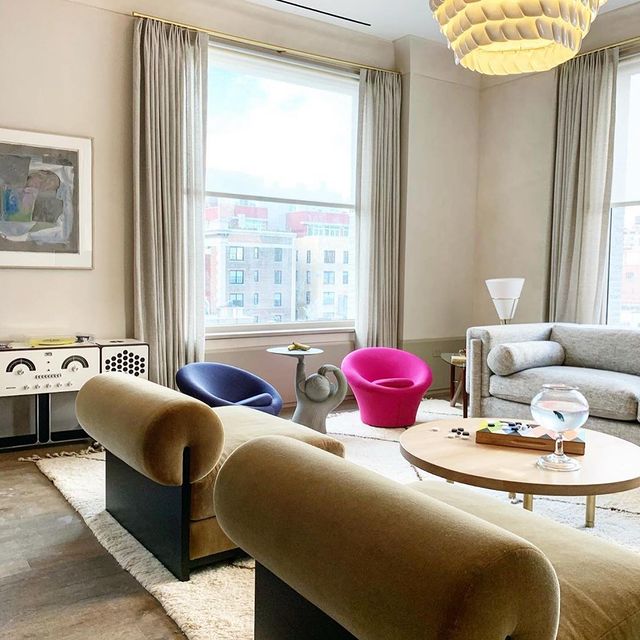We think we choose furniture, but really, it chooses us—or at least, it shapes us in ways we rarely consider. That overstuffed chair you always sink into after a long day? It’s not just furniture; it’s a therapist. The kitchen table with its scratches and stains? That’s not damage—it’s a diary. Furniture is the silent architecture of our daily lives, framing how we move, interact, and even feel.
The Anatomy of Comfort: Why Some Chairs Feel Like Home
Not all comfort is created equal. There’s science behind why:
- The 15° Recline Rule: The perfect reading chair tilts slightly (like the Eames lounge), reducing spinal pressure by 40% compared to upright seats
- Seat Depth Drama: Sofas deeper than 22” invite lounging; shallower seats (18-20”) keep conversations alert—explaining why your in-laws always perch awkwardly on your cozy sectional
Mid-century designers knew this instinctively. A Wegner Wishbone chair isn’t just pretty—its curved back supports your lumbar while subtly encouraging good posture during long dinners.
The Social Engineering of Tables
Your dining table is a behavioral control center:
- Round vs. Rectangular: Circular tables (48” diameter minimum) create equality—no head. Rectangular ones unconsciously establish hierarchy (note how people defer to the ends)
- The 30” Secret: Leave at least this much space between table and wall—any less and servers become contortionists; more and the room feels disconnected
That worn spot where your laptop lives? Modern life rewriting centuries of table etiquette.
Storage as Self-Portrait
What we hide (and how) reveals volumes:
- Open Shelving: For confident minimalists (or brave maximalists)—every dust particle visible
- Glass-Front Cabinets: The curated middle ground—”I’m organized but approachable”
- Solid Doors: Either highly disciplined or happily chaotic—no in-between
The IKEA Effect kicks in here: People value DIY-assembled furniture 63% more than pre-built equivalents. Those Billy bookcases aren’t just holding books—they’re holding pride.
Materials With Memory
- Solid Wood: Expands and contracts with seasons like a living thing (leave 1/8” gaps for expansion)
- Steel Tube: The Bauhaus legacy—light yet strong, perfect for small spaces
- Plywood: Not the enemy—quality 13-layer bends beautifully (see: Alvar Aalto’s Paimio chair)
That white oak table developing a honey patina? That’s not aging—it’s gaining character.
The Ghosts in Empty Rooms
Ever noticed how furniture leaves shadows? Sun-faded floors outline where rugs lay. Dust accumulates in perfect rectangles where dressers stood. Our spaces remember even when we redecorate.
A Final Thought
Next time you rearrange, ask not just “Does this look good?” but:
- What conversations will this sofa encourage?
- How will this desk make me feel at 3 PM?
- What memories will this coffee table collect?
Great furniture doesn’t match your decor—it matches your life.
(Reading time: ~15 minutes. Now go adjust your chair height—your spine will thank you.)
P.S. The most expensive furniture isn’t what costs the most money, but what costs the most regret. Choose pieces that will still tell your story in 20 years.

